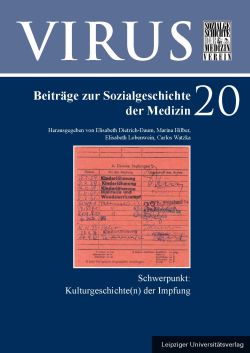
VIRUS Band 20, pp. 257-292, 2022/06/14
Schwerpunkt: Kulturgeschichte(n) der Impfung

Polio became a serious public health problem after World War II in Europe. An attempt was made to give it a specific European response, especially after the development of the first vaccine against the disease and the beginning of its large-scale use in 1955. Using archival, demographic, epidemiological, legislative, scientific press, and general press sources, this work is a comparative study of the different immunisation strategies implemented against poliomyelitis by the different countries of the WHO European Region, and analyses the similarities and differences observed therein. Our work shows that, despite the diversity of factors involved, the key point seems to have been the choice of a model of a vaccination programme integrated into healthcare services as a strategy, instead of the annual or biannual campaign model. However, both routes made it possible to eliminate polio from the WHO European Region, although the latter did so later.
Keywords: Poliomyelitis, Strategies of Immunisation, Immunisation Campaign, Immunisation Programme, Poliomyelitis Eradication, Certification, History of Vaccination, European Region of the World Health Organization, 20th century